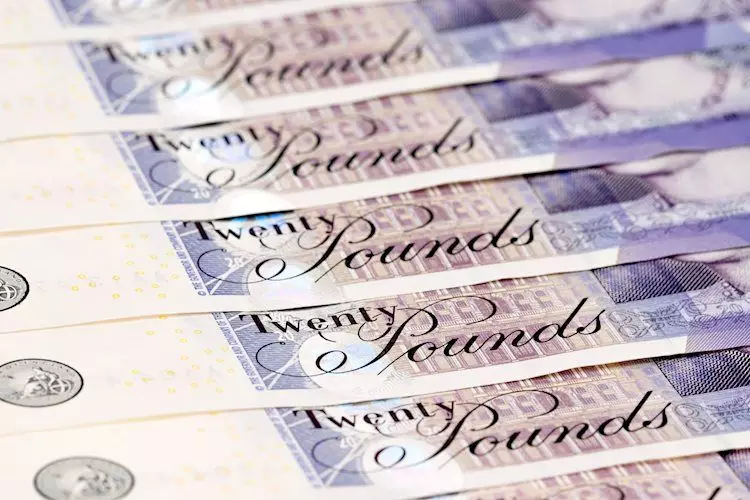As of Monday’s Asian session, the GBP/USD currency pair is witnessing moderate gains, hovering around the 1.3130 mark. This upward movement interrupts a prior three-day decline, suggesting a shift in market sentiment. The dynamics driving this shift are particularly fascinating. One of the prominent factors is the recent robust performance of U.S. Nonfarm Payrolls (NFP), which may curtail the extent of the U.S. Dollar’s (USD) decline. Although the British Pound (GBP) is making strides, it faces an uphill battle against the overarching strength of the USD, particularly after the Federal Reserve’s (Fed) decision to dial down its cutting cycle in September.
The U.S. economy’s addition of 254,000 jobs in September significantly outpaces the previous month’s creation of 159,000 jobs, illustrating a resilient job market. Coupled with an increase in Average Hourly Earnings from 3.6% to 3.8%, this data points to an economy gaining traction, which may affect the Fed’s approach toward interest rate adjustments. Consequently, financial markets are increasingly deciphering the implications of this data, with the CME Fedwatch Tool hinting at a staggering 97.4% probability for a 50 basis point cut in September. This figure marks a stark increase from only 31.1% prior to the NFP release.
The nuanced readings provided by the NFP may lead investors to reassess expectations concerning further interest rate cuts. Investors are likely apprehensive about the Fed repeating substantial cuts when the economic indicators reflect stronger-than-anticipated growth. The interplay between employment data and interest rate policy forms a critical axis around which the GBP/USD dynamics revolve.
Conversely, the Bank of England (BoE) appears to be signaling a more cautious approach toward interest rate modifications. Statements from BoE’s Chief Economist, Huw Pill, advocate for gradual cuts rather than aggressive shifts. This dovish stance has implications for the future trajectory of the GBP. Amid divided opinions in financial markets regarding a potential rate cut in November, there’s a palpable sense of uncertainty that envelops the GBP’s prospects.
The BoE’s cautiousness comes at a time when it has not executed consecutive rate cuts since 2020, reflecting an entrenched apprehension about the trajectory of the UK economy. Market participants are increasingly keen on deciphering the implications of economic indicators and central bank decisions to gauge whether the GBP can sustain its upward momentum against the USD.
The Pound Sterling, established in 886 AD, is not just an important currency; it is the fourth most traded currency in the foreign exchange market (FX) globally, responsible for approximately 12% of all transactions. This places it in a strategic position compared to other major currency pairs, such as GBP/JPY and EUR/GBP. The historical context of the GBP lends it significant credibility among investors, but it is also highly sensitive to shifts in monetary policy determined by the BoE.
Understanding the underlying factors affecting the GBP is critical for grasping its fluctuations. The BoE’s commitment to maintaining a steady inflation rate of around 2% is paramount, as is its reliance on interest rate adjustments as a tool for controlling economic stability. High inflation may prompt the BoE to escalate interest rates, whereas low inflation could lead to cuts to stimulate economic growth.
Key economic indicators play an integral role in determining the strength of the GBP. Metrics such as GDP growth, manufacturing and services PMIs, and unemployment rates can influence investor sentiment and trading strategies. An economy engaged in robust growth attracts foreign investments, which invariably lends support to the GBP. Conversely, disappointing indicators can exert downward pressure on the currency.
Particular attention must also be paid to the Trade Balance, which measures the discrepancy between a country’s exports and imports. A favorable balance indicates strong export performance and heightened foreign demand, subsequently supporting the currency. Conversely, a negative balance may lead to currency depreciation.
Overall, the GBP/USD pair is poised at a critical juncture, with multiple interconnected factors shaping its trajectory. With looming uncertainties surrounding the BoE’s approach and the Fed’s monetary policies, traders must remain vigilant, as the landscape can shift dramatically based on forthcoming economic data and central bank communications. The currency pair, therefore, stands not merely as a trading instrument but as a barometer of economic sentiment in both the UK and the US.

